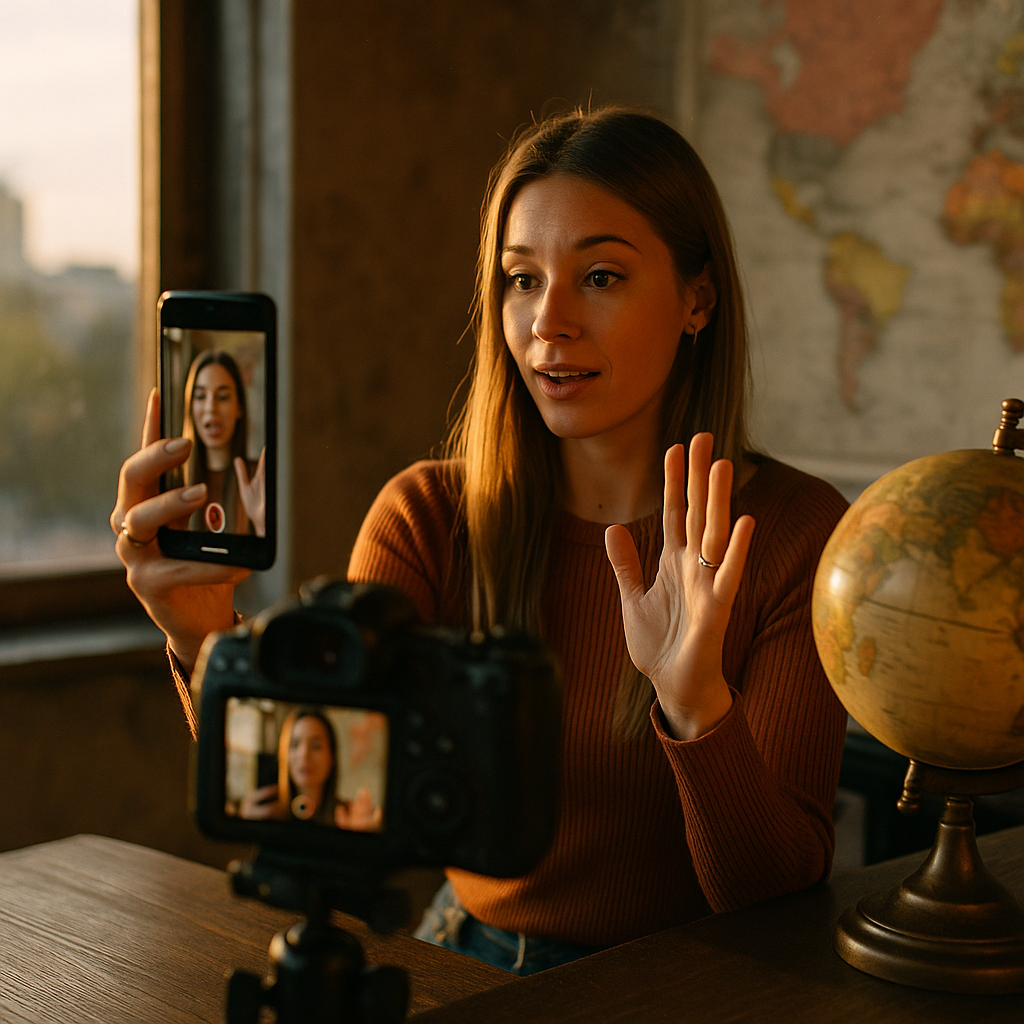The term “post-mortem: an influencer campaign impacted by geopolitical events” explores how sudden global developments can derail even the best-planned marketing strategies. Marketers and brands must adapt to unexpected external forces—understanding the full picture is critical for future-proofing campaigns. Discover essential lessons from real challenges encountered during turbulent times.
Understanding Influencer Marketing Amid Geopolitical Turmoil
Influencer marketing is acclaimed for its agility, yet the unpredictable nature of geopolitics in 2025 has introduced new complexities. Brands increasingly leverage digital creators to access niche audiences, but this success is susceptible to external disruptions like international conflict, trade sanctions, and policy changes. In today’s interconnected world, brands must recognize that local events often spark global repercussions, compelling a re-evaluation of risk assessment in campaign planning.
Recently published research from the Global Digital Marketing Association indicates that 42% of brands have paused or adjusted influencer campaigns due to unforeseen geopolitical events in the past 24 months. This data underscores the urgency of integrating geopolitical foresight into influencer strategies.
Case Study: How a Global Influencer Campaign Was Disrupted
To put this into perspective, consider a multinational skincare brand that launched a cross-border influencer campaign in early 2025. The goal: leverage Asian and European beauty influencers to promote a new eco-friendly product line aligned with regional preferences. Content embargoes, product shipments, and scheduled posts were meticulously planned in advance.
Midway through the campaign, diplomatic tensions escalated between two key participating countries. Trade restrictions emerged overnight, social media platforms faced temporary government blocks, and shipments were delayed. Local influencers found themselves unable to post, and previously approved content became politically sensitive or irrelevant overnight. As a result, campaign reach plummeted, harm to brand reputation became a concern, and ROI projections were upended.
This real-world example highlights how even expertly coordinated influencer efforts can unravel due to sudden geopolitical shocks, making flexible crisis planning indispensable.
Key Challenges When Geopolitics Shifts Influencer Campaigns
When geopolitical events arise, influencer marketing teams face multi-faceted challenges beyond their control. Addressing these risks early can avert deeper pitfalls:
- Content Appropriateness: Language, symbolism, or associations suddenly gain new meaning. What is benign one week may be controversial the next.
- Logistics Disruption: Supply chain interruptions can delay or halt product deliveries needed for sponsored content creation.
- Platform Access: Social networks may be restricted or censored, undermining both reach and engagement.
- Influencer Safety: Creators may face personal risks or backlash for publishing branded content during sensitive periods, impacting their trust and willingness to participate.
- Reputation Management: Prolonged silence, hastily issued apologies, or misaligned messaging can damage brand credibility and lose audience trust.
Recent industry insights from Influencer Marketing Hub suggest that brands unprepared for crises are 30% more likely to experience negative PR fallout.
Strategies to Mitigate Geopolitical Impacts on Influencer Campaigns
Brands can minimize risks by anticipating potential disruptions and embedding resilience into their influencer marketing strategies. Consider these data-driven approaches:
- Pre-Campaign Risk Analysis: Collaborate with geopolitical analysts and local consultants before approving influencer partnerships or content calendar schedules.
- Flexible Contracts: Draft agreements that contemplate postponements, content reworking, or campaign pivots without legal or financial penalty to either party.
- Diverse Influencer Portfolios: Spread campaigns across locations and platforms to avoid overexposure in any single vulnerable region.
- Real-Time Monitoring: Implement social listening tools and monitor governmental advisories to respond to changes instantly.
- Clear Crisis Protocols: Establish immediate response plans, including communication guidelines for both internal stakeholders and external audiences.
According to a 2025 Statista survey, campaigns that included a documented crisis management plan experienced 55% less disruption in engagement metrics following a geopolitical incident.
Lessons Learned: Building Resilience in Future Campaigns
An effective post-mortem analysis doesn’t simply critique what went wrong—it identifies improvements for future resilience. Following geopolitical disruption, the skincare brand mentioned earlier revised several elements of its approach:
- Increased Local Autonomy: Influencers were encouraged to tailor messaging, ensuring relevance and cultural appropriateness as conditions evolved.
- Enhanced Scenario Planning: Marketing and legal teams collaborated to outline alternative campaign paths should another crisis arise.
- Transparent Communication: Both influencers and consumers were kept informed about campaign changes, reinforcing trust despite uncertainty.
The result? When political tides again shifted months later, the brand rapidly restructured its campaign, achieved steady engagement, and protected its reputation. This iterative improvement model, grounded in open collaboration and adaptive strategies, is essential for any organization investing in cross-border influencer marketing in 2025.
FAQs: Navigating Influencer Campaigns During Geopolitical Events
-
What are geopolitical events in influencer marketing?
Geopolitical events include international conflicts, trade disputes, government regulations, or local crises that affect how brands and influencers interact and reach audiences across borders.
-
Why are influencer campaigns vulnerable to geopolitical shifts?
Because influencers operate globally and often across multiple platforms, sudden changes—like platform bans or trade restrictions—can directly halt or alter a campaign’s progress, reach, or appropriateness.
-
How can brands protect influencer campaigns against global disruptions?
Proactive risk assessment, diversified influencer partnerships, flexible contracts, and ongoing monitoring allow brands to adapt quickly to emerging challenges.
-
What immediate steps should be taken when a campaign is impacted?
Pause scheduled content, consult with local advisors, communicate transparently with audiences, and reevaluate contracted obligations with influencers to ensure alignment and safety.
-
Is it ethical to continue campaigns during geopolitical crises?
This depends on context. Prioritize local sensitivities, influencer safety, and brand values. Sometimes pausing or modifying the campaign is the most responsible choice.
In summary, a thorough post-mortem of an influencer campaign impacted by geopolitical events reveals the urgency of adaptability and forward-thinking risk management. By integrating resilience and cultural awareness, brands can safeguard both reputation and results, ensuring continued growth—even in an uncertain world.
